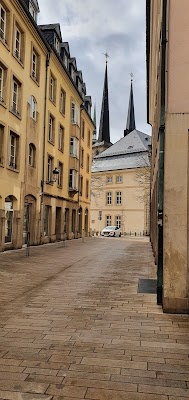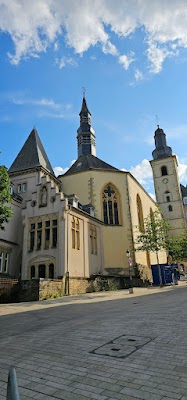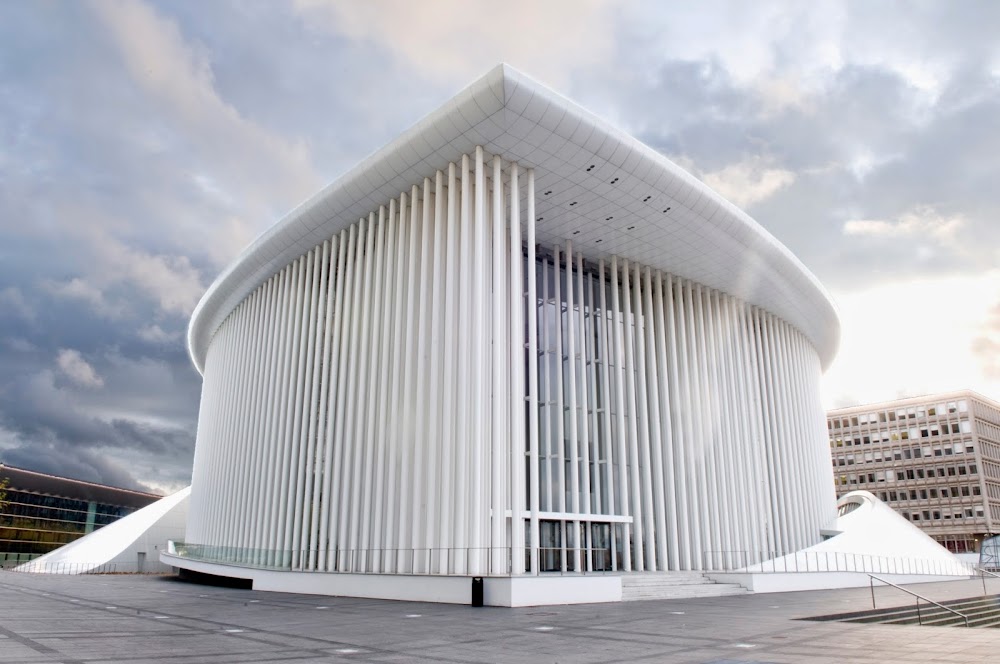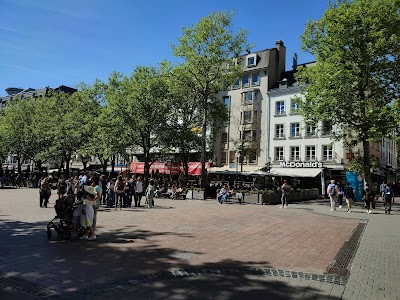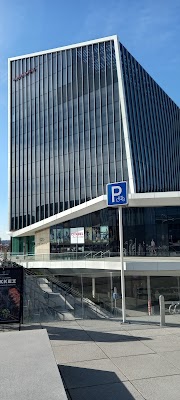Grand Ducal Palace (Palais Grand-Ducal)
Overview
The Grand Ducal Palace, nestled in the heart of Luxembourg City, is an essential stop for any traveler exploring this enchanting grand duchy. Serving as the official residence of the Grand Duke of Luxembourg, this architectural gem reflects the country's rich history and vibrant culture. With its intricate design and regal presence, the palace draws thousands of visitors eager to immerse themselves in Luxembourg's royal heritage.
The origins of the Grand Ducal Palace trace back to the 16th century, when it was originally constructed as the city hall during the Spanish rule, between 1572 and 1574. Designed in the Spanish Renaissance style, the building showcases a distinctive Flemish Renaissance facade adorned with exquisite stone carvings and elaborate detailing. It transitioned to its current role as the Grand Ducal residence in 1890, becoming the official home of the Grand Ducal family and a venue for the Grand Duke’s formal duties.
One of the most captivating aspects of the Grand Ducal Palace is its remarkable blend of historical and contemporary design. Extensive renovations in the 19th and 20th centuries have preserved its historical essence while incorporating modern amenities. Esteemed Luxembourgish architects, including Charles Arendt and Pierre Funck, contributed to the palace's beauty with stunning stained-glass windows, delicate wrought iron balconies, and remarkable tapestries that narrate Luxembourg's storied past.
As you approach the palace, the majestic facade greets you with an air of elegance and authority. The ornate balconies and grand entranceways create a regal atmosphere, enhanced by the guards in traditional uniforms standing vigil. Its central location means the palace is surrounded by charming cafes and narrow streets, perfect for a leisurely stroll after your visit.
The palace interiors are just as impressive as its exterior grandeur. During the summer months, when the palace opens for public tours, visitors can explore opulent rooms adorned with period furniture, priceless artworks, and intricate decorations. These tours provide a rare opportunity to glimpse the lavish state rooms, the Grand Duke’s offices, and the Chamber of Deputies, where official business is conducted. The well-preserved interiors reflect Luxembourg's historical wealth and deep respect for royal heritage.
An intriguing chapter in the palace's history occurred during World War II, when Nazi Germany occupied Luxembourg. The palace was repurposed as a concert hall and tavern for occupying forces, while the Grand Ducal family went into exile. It wasn’t until after the war that they returned and restored the palace to its former glory. Today, remnants of this tumultuous period can still be found within the palace, adding an extra layer of historical intrigue.
The Grand Ducal Palace also hosts a variety of state events and official ceremonies throughout the year. One of the most notable occasions is the annual National Day celebrations in June, transforming the palace and its surroundings into a vibrant hub of festivities, military parades, and fireworks. The illumination of the palace during these celebrations is a breathtaking sight, drawing many tourists to witness its grandeur in all its festive splendor.
Beyond its political significance, the Grand Ducal Palace plays an integral role in the cultural life of Luxembourg. It frequently hosts concerts, exhibitions, and other cultural events, offering locals and tourists alike a chance to experience the palace in a different light. These events seamlessly blend contemporary culture with historical prominence, enriching the visitor experience.
In conclusion, the Grand Ducal Palace is more than just an architectural marvel; it stands as a symbol of Luxembourg’s rich history, enduring monarchy, and cultural vitality. Whether you are a history enthusiast, an architecture aficionado, or simply a curious traveler, a visit to the Grand Ducal Palace promises an unforgettable glimpse into the heritage and grandeur of Luxembourg. Make sure to plan your visit during the summer tour season or coincide with the National Day celebrations for the most festive and welcoming experience.



